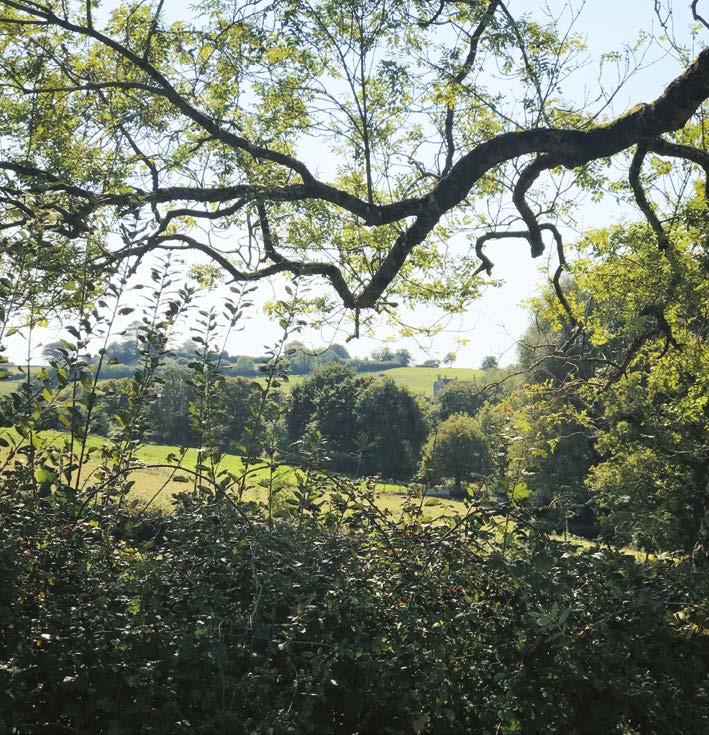
3 minute read
Hermitage
REP: Tom Beels tom@beelsandco.com DISTRIBUTOR: Faith Hervey
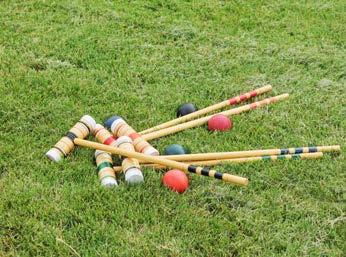
Advertisement
Croquet has now restarted on Wednesday afternoons, weather permitting, at 5.30pm on the lawn at Roger and Faith Hervey’s home.
All are welcome and we have very simple ‘Hermitage Rules’. Just come along for fun and to meet up with friends and neighbours.
Please contact me for further details on 07984 364 515 or 01963 210380.
Jan Pescott
Hindsight: Mary Anning - ‘the world has used her ill’
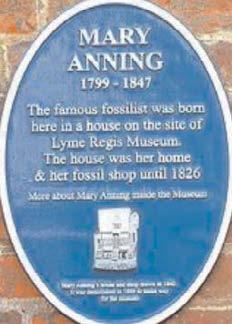
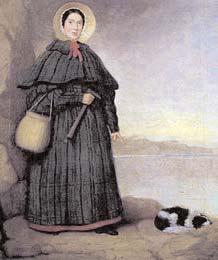
Many WVM readers will be familiar with the story of Mary Anning, who through her lifelong fossil collecting became, as The Royal Society stated: ‘one of the ten British women who have most influenced the history of science’. That she overcame so many challenges to do it makes her story all the more remarkable.
One of ten children, only she and an elder brother, Joseph, reached adulthood. At not quite two years old she survived a lightning strike, later a mud slide (fatal for her much loved terrier, Tray.)
In her childhood, the family collected fossils simply to sell, augmenting their scant income. By her late teens, she was an accomplished collector, with some of her discoveries acquired by notable scientists and collectors and frequently sold on by them for much greater sums. Her unearthingof near-complete species in the Jurassic marine beds at Lyme Regis contributed to a new understanding of that period. She was an autodidact LadyHarriet Sylvester, who had visitedLymein 1824, wrote that Anning, ’by reading and application …has reached that degreeof knowledge as to be in the habit of writing and talking with professors and other clever men on the subject and they all
acknowledge that she understands more of the science than anyone else in this kingdom’. This was not much to her benefit in her lifetime, either financially or in terms of recognition. As a working class woman and a religious dissenter, she was an outsider - unable to vote, attend university or become a member of the Geological Society, though many of its exclusivelymale members were happy to take credit for her discoveries. Nothing of her writing was published in her lifetime, save for one MaryAnning’swindow,StMichael’sChurch extract from a letter she had written to the Magazine of Natural History. According to her friend, Anna Pinney, ‘she says the world has used her ill…these men of learning have sucked her brains*, while she derived none of the advantages’. In the last century, all that has changed. There are biographies by Shelley Emling and ThomasW. Goodhue; a novel (Tracey Chevalier); rooms named after her at the Natural History Museum (as well as *There were a number of notable exceptions such as HenryDe la Beche, Thomas Birch, Louis Agassiz and William Buckland. One of Anning’s letters to Buckland was Anning,withtheunfortunateTray auctioned in 2020 for over £100,000.
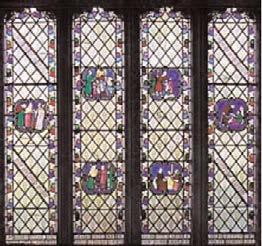
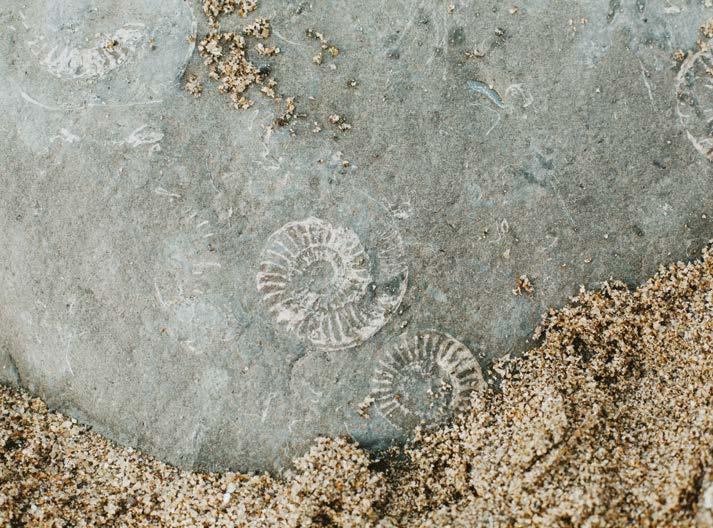
numerous species); the Blue Plaque (shown left) at the Lyme Regis Museum; a crowd-funded scheme to put up a statue
in Lyme (just recently commissioned); a set of Royal Mint coins and a research and survey vessel launched by Swansea University, the ‘Mary Anning’, to name just some of the contemporary tributes.
Eclipsed for decades by hubristic and often less talented men Mary Anning’s achievement is now widely recognised. Even so it seems scope remains for her name to be used in a way one of Anning’s family has found unwelcome.
A film, ‘Ammonite’, released here in March, directed by Francis Lee and starring Kate Winslet as Anning and Saoirse Ronan as her friend Charlotte Murchinson, wife of one of Anning’s collaborators, Roderick Murchinson, portrays a sexual relationship between Mary and Charlotte. There is no evidence for this – not even in the letters the two exchanged – or indeed of any other sexual relationship for Mary. Why weave formulaic fictional sex into a factual film? (Reader, you know why). It seems a pity to have compromised an otherwise well-received and welcome retelling. Mary Anning’s life story was surely extraordinary enough.
Dorset Scribbler
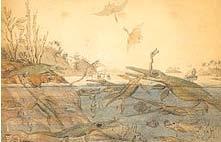
The Henry De la Beche watercolour ‘Duria Antiquior’ based largely on fossils found by Anning









